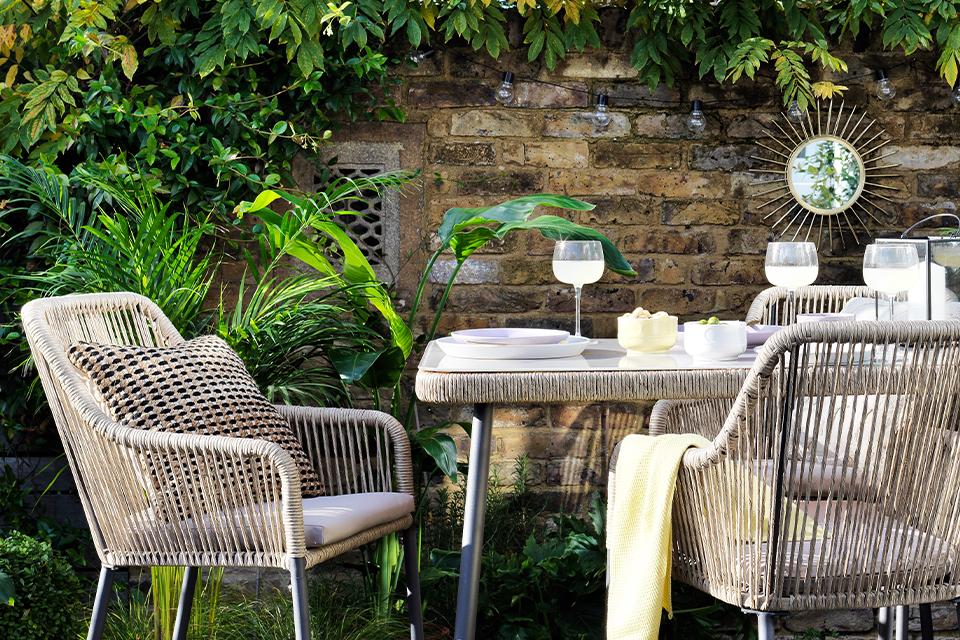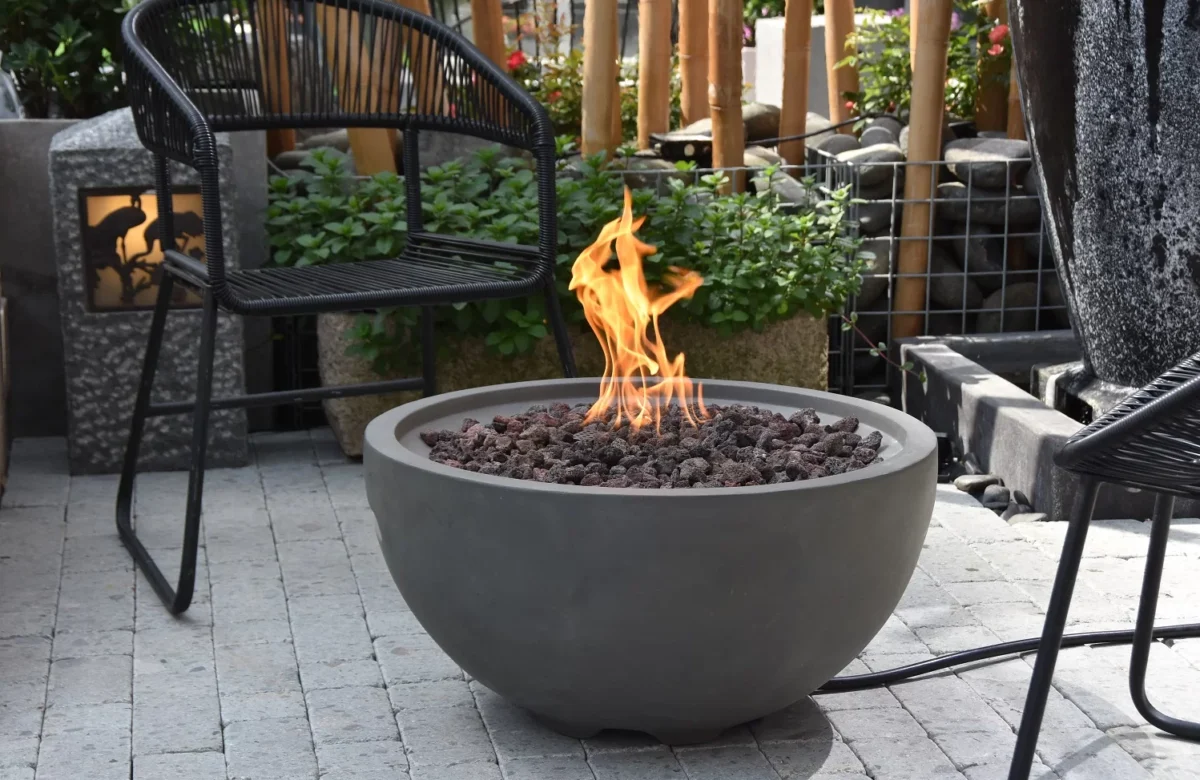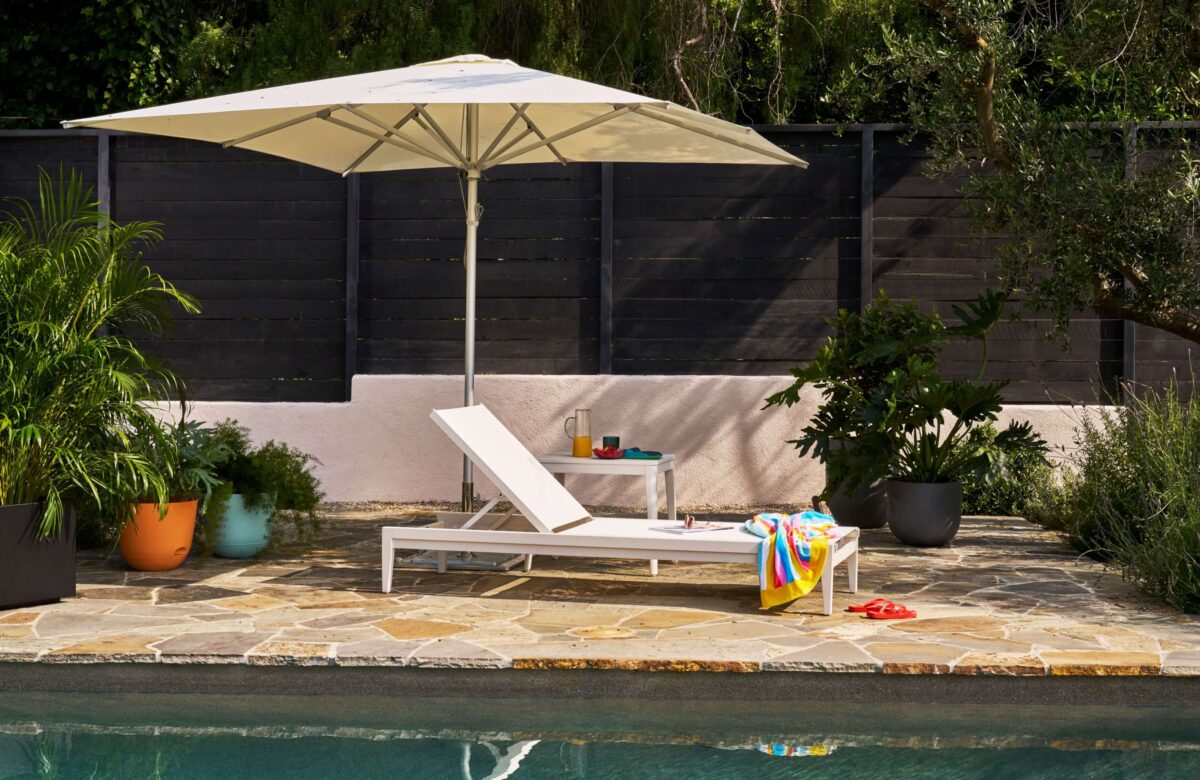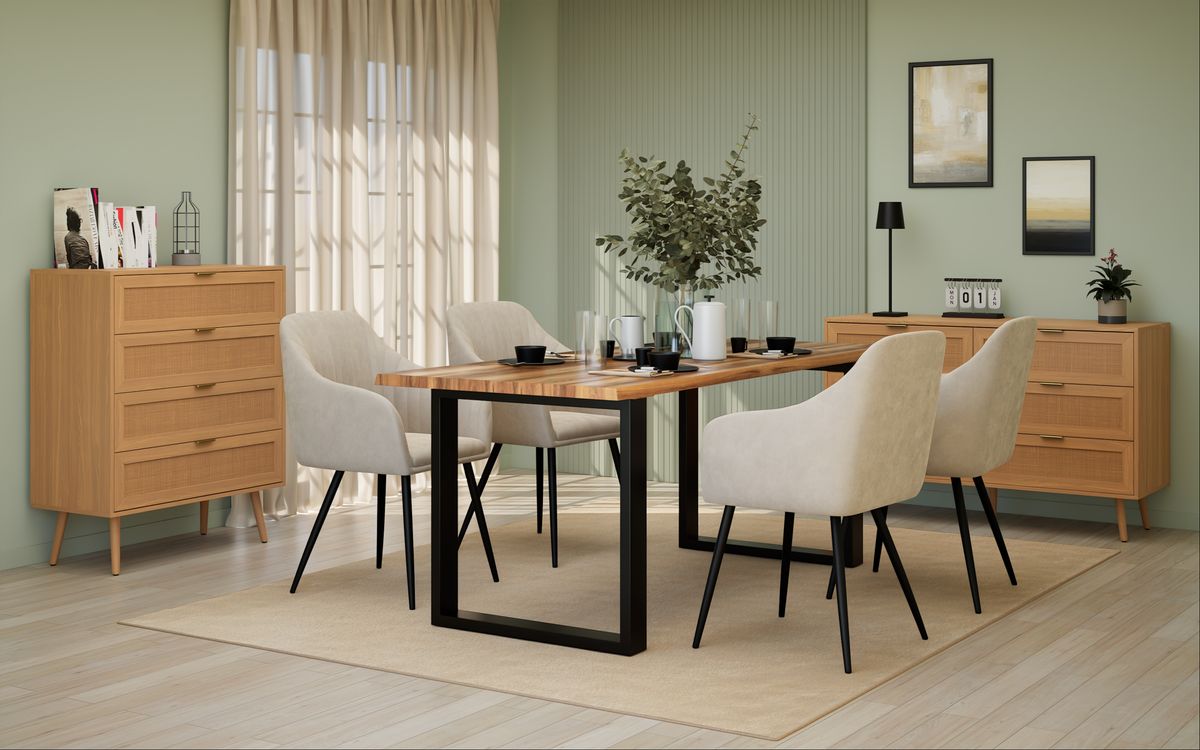
Accent Furniture Smackdown: Ottomans vs. Benches – Who Wins Your Space?
When it comes to accent furniture, the choices can be overwhelming, but nothing adds flair and function to a room quite like an ottoman or a bench. These versatile pieces are the unsung heroes of home decor, offering not just a place to perch but also a pop of style. So, let’s dive into the “Accent Furniture Smackdown: Ottomans vs. Benches” and find out which one reigns supreme for your space!
What Are Ottomans and Benches?
Before we delve into the comparisons, let’s define our contenders:
- Ottomans: Typically a footstool or an extra seat, ottomans are often upholstered and can come with or without storage. They’re versatile pieces that can serve multiple purposes in living rooms, bedrooms, or entryways.
- Benches: Benches provide elongated seating and can range from plush, upholstered options to sleek, wooden designs. They’re ideal for seating multiple people and can be used in hallways, dining rooms, or even at the foot of a bed.

Round 1: Versatility
Ottomans are the chameleons of the furniture world. They can serve as extra seating, a comfortable footrest, or even a makeshift coffee table with the addition of a tray. Their often compact size makes them easy to move and adapt to various settings and needs. Whether you opt for a traditional, tufted design or a more contemporary, storage-equipped model, ottomans are sure to add both function and flair.
On the other hand, benches offer a blend of simplicity and elegance. Perfect for entryways, at the end of a bed, or as dining seating, benches provide a linear, more structured seating option compared to ottomans. Many come with additional storage under the seat or in built-in drawers, making them not just a seat but a smart storage solution as well.
Round 2: Style & Aesthetics
When it comes to style, both ottomans and benches offer a plethora of options to complement your interior design. Ottomans can be found in an array of materials and finishes, from luxe leather to plush velvet, suiting various decor styles from modern to traditional. They can also serve as a statement piece with bold colors or intricate patterns.
Benches, with their elongated form, can anchor a space and offer a more minimalist or industrial vibe depending on the material—think wood, metal, or even acrylic. They can be dressed up with cushions and throws to add color and comfort, making them as stylish as they are functional.

Round 3: Brand Battle
Let’s compare two popular brands known for their high-quality accent furniture: West Elm and Pottery Barn.
West Elm’s Drum Storage Ottoman combines chic design with practicality. Available in various fabrics and colors, it offers hidden storage and a compact shape, perfect for small spaces or as an additional seating option in larger rooms. The ottoman’s round shape and upholstered finish add a touch of softness and sophistication to any interior.
In contrast, Pottery Barn’s Lorraine Tufted Bench exudes classic elegance with its tufted upholstery and refined silhouette. Ideal for adding a regal touch to entryways or at the foot of a bed, this bench not only offers seating but also enhances the room’s overall aesthetic with its timeless design.
| Fonctionnalité | Ottomans | Benches |
|---|---|---|
| Polyvalence | High: Can be used as seating, a footrest, or even a coffee table. | Moderate: Primarily used for seating, though some can serve as storage. |
| Storage | Varies: Many ottomans come with built-in storage. | Varies: Some benches offer under-seat storage. |
| Style | Wide variety: Available in numerous shapes, sizes, and upholstery. | Broad selection: Range from classic wooden designs to upholstered options. |
| Comfort | High: Typically padded and comfortable for seating or resting feet. | Moderate to high: Comfort depends on design and cushioning. |
| Space Efficiency | Moderate to high: Usually compact and easy to move. | Moderate: Often larger and less movable than ottomans. |
| Price Range | Wide: From budget-friendly to high-end luxury models. | Wide: Varied pricing, similar to ottomans. |
| Ideal Use Case | Great for small spaces or as multifunctional furniture pieces. | Suitable for entryways, dining seating, or at the end of a bed. |
| Footprint & Mobility | Typically smaller and lightweight; easy to relocate. | Usually larger and heavier; may be less mobile. |
| Aesthetic Appeal | Often considered more modern and chic. | Can add a classic or rustic charm depending on the style. |
| Maintenance & Cleaning | Depends on material but often easy to clean due to their size. | Larger surface may require more maintenance; material dependent. |
Benefits and Usage
Choosing between an ottoman and a bench depends largely on your space, needs, and style preference:
- Ottomans are ideal for smaller living spaces or as an accent piece in bedrooms. They’re perfect for adding extra seating without taking up too much room and can double as a coffee table or footrest.
- Benches work well in larger spaces or areas where more seating is needed. They’re great in entryways for putting on or taking off shoes, at dining tables for extra seating, or at the end of a bed to add elegance and functionality.
Final Verdict: Your Choice!
Ultimately, the decision between an ottoman and a bench depends on your specific needs and style preferences. Ottomans offer unmatched versatility and coziness, making them ideal for casual, multifunctional spaces. Benches, with their sleek lines and potential for extra storage, are perfect for creating an elegant, organized environment.
Remember, the best choice is the one that complements your lifestyle and decor, adding both beauty and utility to your home. Whether you choose an ottoman or a bench, you’re sure to elevate your space with style and comfort. So, which will it be in your home décor smackdown? Ottomans or benches?
































